



Ethernet switching function chip
With the continuous advancement of information technology and communication technologies, Ethernet has become the core of global network infrastructure. Ethernet switching chips, as a critical component in modern networks, are responsible for packet switching and routing, ensuring efficient and stable data transmission between different devices. Particularly in large-scale deployment scenarios such as data centers, enterprise networks, and the Internet of Things (IoT), the performance of switching chips directly affects network throughput, latency, and reliability. This article will explore the role, key technologies, and significance of Ethernet switching chips in various applications.
What Are Ethernet Switching Chips?
Ethernet switching chips, commonly known as Ethernet switch chips, are integrated circuits specifically designed for network switching. Their main function is to handle data transmission between different devices in a network and optimize network traffic by switching data packets. Through these chips, switches can efficiently manage communication between devices, providing packet forwarding, traffic control, congestion management, and packet filtering functions.
These chips typically support various Ethernet speeds, ranging from 10/100/1000 Mbps (Gigabit) to 10Gbps, 40Gbps, and higher speeds, catering to the bandwidth and performance needs of different network environments. As data transmission demands increase, high-speed, low-latency, and high-reliability switching chips have become increasingly important.
Key Technologies of Ethernet Switching Chips
- Packet Switching and Forwarding
- The core function of switching chips is packet switching and forwarding. In a switch, when a data packet is received at an input port, the chip determines which output port to forward the packet to based on its destination address. The chip consults the switching table (MAC address table) to ensure smooth data flow and avoid packet collisions.
- Traffic Management and Congestion Control
- Modern switching chips typically feature traffic control capabilities that adjust the forwarding rate of data packets based on network traffic variations, preventing network congestion. Through technologies such as IEEE 802.1p and QoS (Quality of Service), switching chips can prioritize high-priority data, such as voice and video, which are latency-sensitive.
- VLAN Support
- VLAN technology allows the creation of multiple logically isolated virtual networks within the same physical network. Switching chips differentiate between different network traffic by supporting VLAN tags, enabling network isolation and security management. This feature is crucial for large-scale enterprise networks or data centers.
- Link Aggregation and Load Balancing
- Link aggregation technology allows multiple physical links to be combined into a single logical link, enhancing bandwidth and providing redundancy. Modern switching chips often include built-in support for link aggregation, dynamically distributing the load to avoid overloading a single link, thus improving network reliability and throughput.
- Network Security Features
- As network security issues become increasingly severe, more switching chips are integrating security features, such as packet filtering, Access Control Lists (ACLs), and port security. These security features prevent unauthorized access and ensure the stability and security of the network.
Application Scenarios of Ethernet Switching Chips
- Data Centers
- Data centers require a large number of switching chips to support the efficient flow of data. Ethernet switching chips in data center switches connect thousands of servers and storage devices. Modern data center switching chips must support high-speed, large-scale data transmission and handle complex tasks such as network virtualization, distributed computing, and storage.
- Enterprise Networks
- In enterprise networks, switching chips manage communication between different departments, offices, and devices. As enterprise networks expand, switches must provide higher port density, stronger traffic management capabilities, and support for multiple network protocols. Ethernet switching chips play a vital role in ensuring the smooth transmission of business data and information in such environments.
- Home and Small Office Networks
- For home and small office networks, switching chips are more commonly used in routers and switches. These chips support multiple device connections and ensure the normal operation of home or small office networks, especially in high-bandwidth demand scenarios such as video streaming, online gaming, and smart devices.
- Internet of Things (IoT)
- With the growing number of IoT devices, more switching chips are being integrated into IoT devices to facilitate efficient communication between devices. In IoT, switching chips need to balance low power consumption and high efficiency while supporting a large number of low-bandwidth, low-latency devices.
Leading Manufacturers of Ethernet Switching Chips
Many semiconductor manufacturers worldwide are producing Ethernet switching chips. Below are some major chip manufacturers:
- Broadcom
- Broadcom is one of the leading suppliers of Ethernet switching chips globally, offering high-performance chips for various applications, including data center switching, enterprise network switching, and home devices. Broadcom’s switching chips support speeds ranging from 1GbE to 100GbE, providing excellent bandwidth and low-latency features.
- Intel
- Intel not only produces Ethernet controllers but also designs switching chips. Intel’s switching chips are widely used in data centers, enterprise, and cloud computing networks, supporting high throughput and virtualization features that help enhance network performance and reliability.
- Marvell Technology
- Marvell Technology offers a range of Ethernet switching chips for both enterprise and consumer markets. Their chip products are highly integrated and flexible, widely used in various fields, including automotive networks, data centers, and enterprise networks.
- Huawei
- Huawei is not only a leading global network equipment manufacturer but also designs its own Ethernet switching chips. Huawei's Ethernet switching chips feature outstanding performance and efficient traffic management functions, widely used in carrier networks and large enterprise switching equipment.
Conclusion
Ethernet switching chips play a crucial role in modern networks, enabling efficient and stable data exchange between devices. As network sizes expand and data traffic increases, switching chips will continue to drive network performance improvements, particularly in data centers, enterprise networks, and IoT. With ongoing technological innovations, future switching chips will be more powerful, supporting higher speeds, more functions, and better network management capabilities, providing strong support for the construction and development of global networks.

Please contact us if the source is mislabeled or violates your legal rights.
We will promptly correct and delete, thank you.



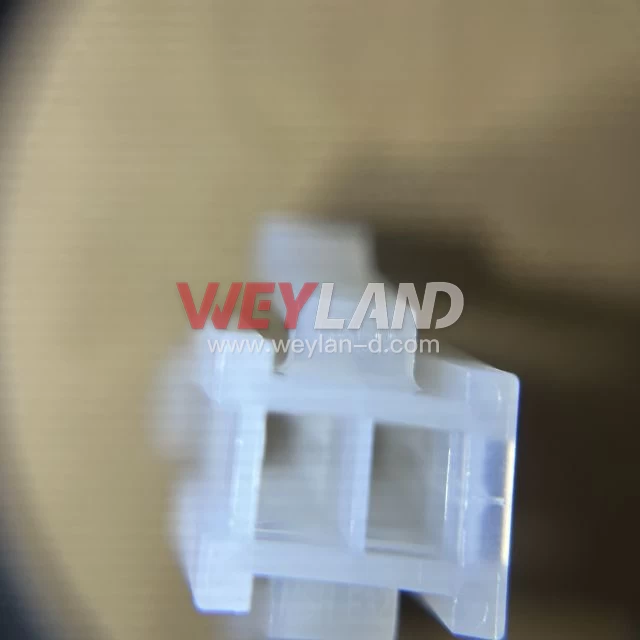
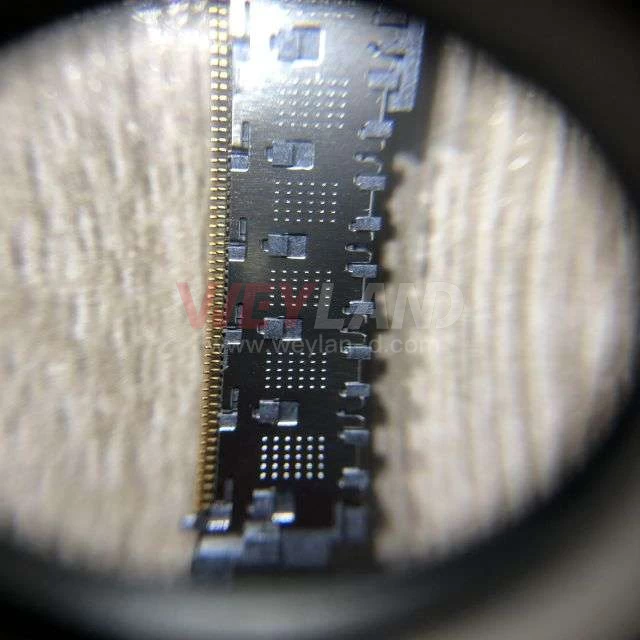

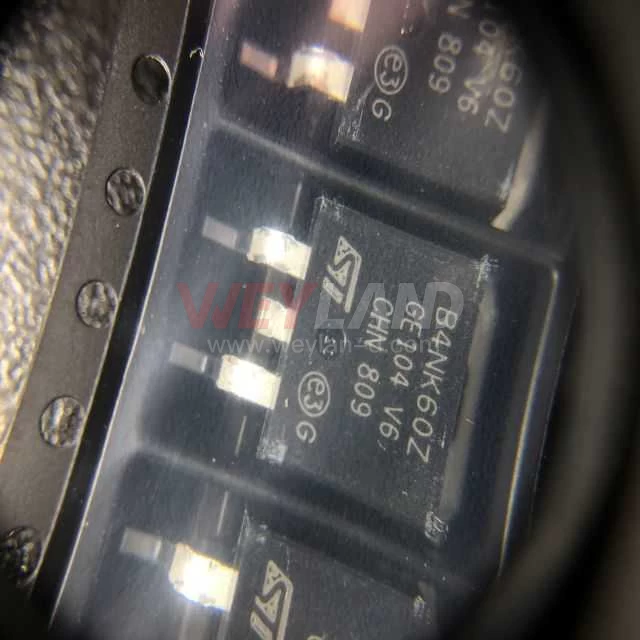

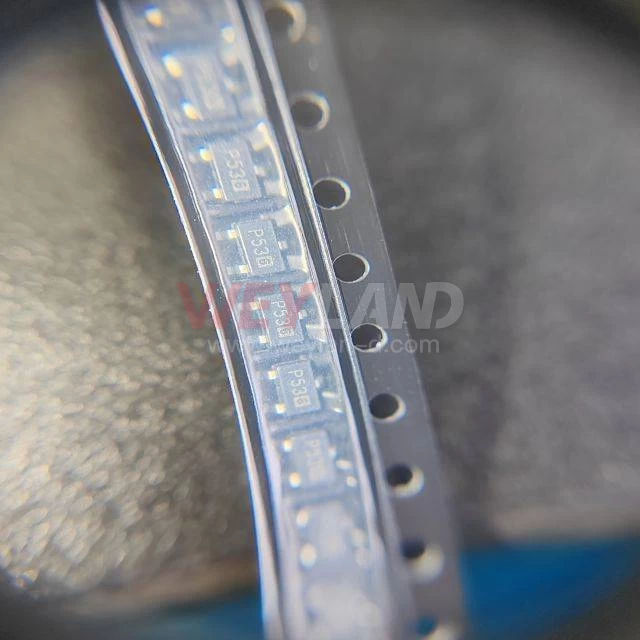
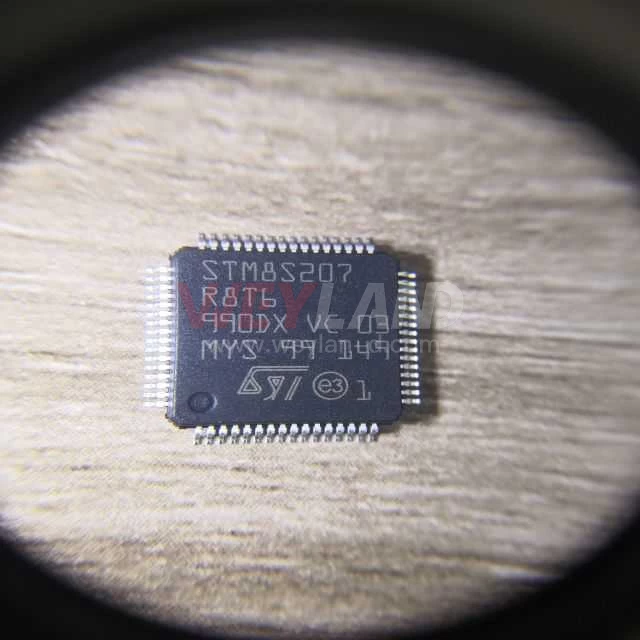
.9246509.png)












[email protected]
7500A BEACH ROAD #04-307 THE PLAZA SINGAPORE (199591)
RM 705.7/F.FA YUEN COMM BLDGNO.75-77.FA YUEN STREET.MONGKOK.KLN.HONG KONG
